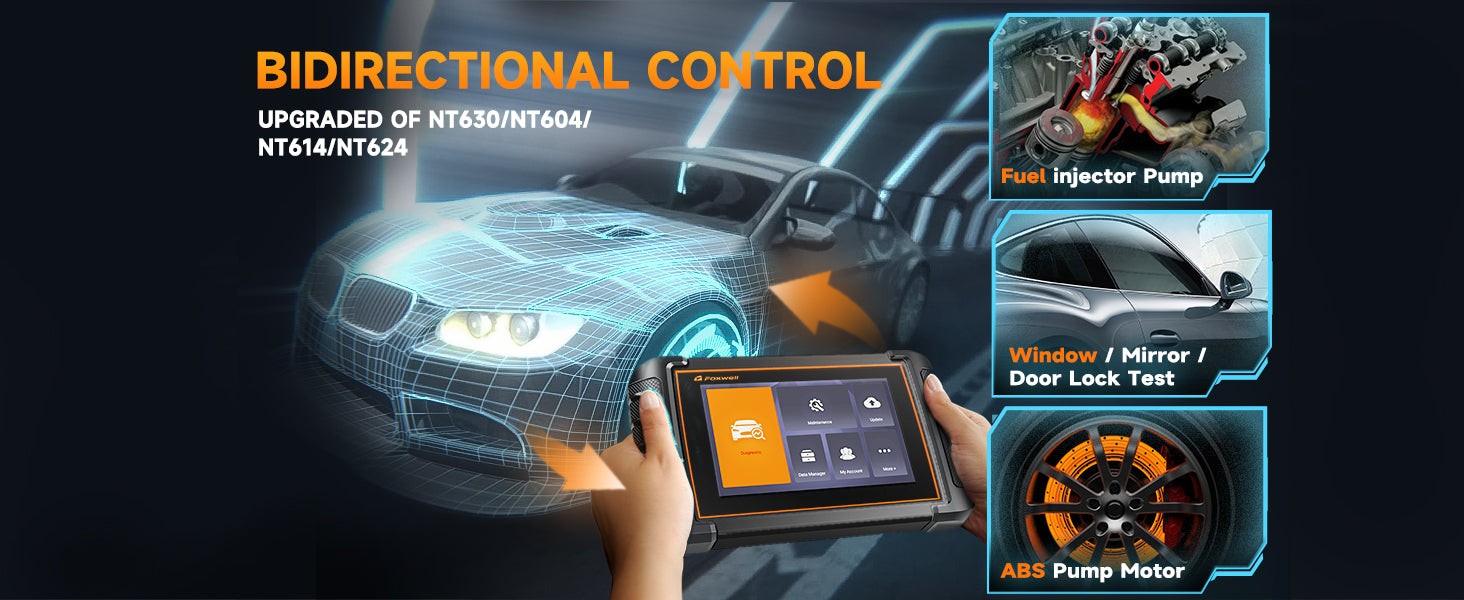Tire Pressure Monitoring Systems (TPMS) are crucial for vehicle safety and efficiency. This comprehensive guide explores how TPMS works, its importance, and how OBD2 scanners play a role in TPMS maintenance, including resetting the system. We’ll also delve into specialized TPMS tools and highlight key features to consider.
The Importance of OBD2 Tire Pressure Monitoring
TPMS continuously monitors the air pressure inside your tires, providing real-time data via a dashboard display or warning light. Maintaining correct tire pressure is vital for several reasons:
Enhanced Safety
- Improved Handling: Properly inflated tires ensure optimal vehicle handling and responsiveness, crucial for avoiding accidents. Underinflation can significantly impact steering and control, especially at higher speeds or in emergency maneuvers.
- Reduced Risk of Tire Failure: Underinflated tires generate excessive heat, increasing the risk of blowouts. A blowout can lead to loss of control and a serious accident. TPMS alerts you to low pressure, mitigating this risk.
- Shorter Stopping Distances: Correct tire pressure ensures optimal braking performance. Underinflation can increase stopping distances, potentially causing accidents.
Improved Fuel Efficiency
Underinflated tires create more rolling resistance, forcing your engine to work harder and consume more fuel. TPMS helps you maintain correct pressure, maximizing fuel economy.
Extended Tire Lifespan
Properly inflated tires wear evenly, extending their lifespan. Underinflation causes uneven wear and premature tire failure. TPMS helps you avoid this, saving you money on tire replacements.
OBD2 Scanners and TPMS: Capabilities and Limitations
OBD2 (On-Board Diagnostics) scanners are essential diagnostic tools for accessing vehicle data. While they primarily focus on engine and emission systems, some offer limited TPMS functionality.
Standard OBD2 Scanner Capabilities
- Reading Generic Diagnostic Trouble Codes (DTCs): Standard OBD2 scanners can read and clear generic DTCs related to various vehicle systems, sometimes including basic TPMS codes.
- Limited TPMS Data: Some OBD2 scanners may display tire pressure readings but often lack the capability to reset or reprogram the TPMS.
Limitations of Standard OBD2 Scanners for TPMS
- Manufacturer-Specific Codes: TPMS often uses manufacturer-specific codes that standard OBD2 scanners cannot interpret.
- Lack of Reset/Reprogramming Functionality: Most standard OBD2 scanners cannot perform crucial TPMS functions like resetting the system after a tire rotation or reprogramming new sensors.
Specialized TPMS Scanners: Advanced Features for Complete Control
For comprehensive TPMS management, specialized TPMS scanners are necessary. These tools offer advanced features beyond the capabilities of standard OBD2 scanners.
Key Features of TPMS Scanners
- Sensor Activation: Triggering sensors to transmit data for diagnostics.
- Sensor Programming: Programming new sensor IDs to the TPMS module.
- TPMS Reset and Relearn: Resetting the system after tire rotations or sensor replacements, guiding the vehicle through the relearn procedure.
- Live Data Monitoring: Displaying real-time data from each sensor, including pressure, temperature, and battery status.
- Wide Vehicle Coverage: Compatibility with a broad range of vehicle makes and models.
Foxwell TPMS Solutions: The NT310 and NT530
Foxwell offers specialized tools like the NT310 and NT530, providing comprehensive TPMS functionality.
- Foxwell NT310: A dedicated TPMS tool with a user-friendly interface designed for specific TPMS tasks, including triggering, programming, and relearning sensors.
- Foxwell NT530: A multi-system scanner with advanced TPMS capabilities, offering comprehensive vehicle diagnostics beyond tire pressure monitoring. It includes features like bi-directional control for in-depth troubleshooting.
Conclusion: Choosing the Right Tool for OBD2 Tire Pressure Monitoring
Understanding the capabilities and limitations of different diagnostic tools is crucial for effective TPMS management. While standard OBD2 scanners might offer basic TPMS functionality, specialized TPMS scanners like the Foxwell NT310 and NT530 provide the comprehensive features needed for complete control over your TPMS, ensuring optimal vehicle safety and performance. Investing in the right tool empowers you to maintain your TPMS effectively and contributes to a safer and more efficient driving experience.

